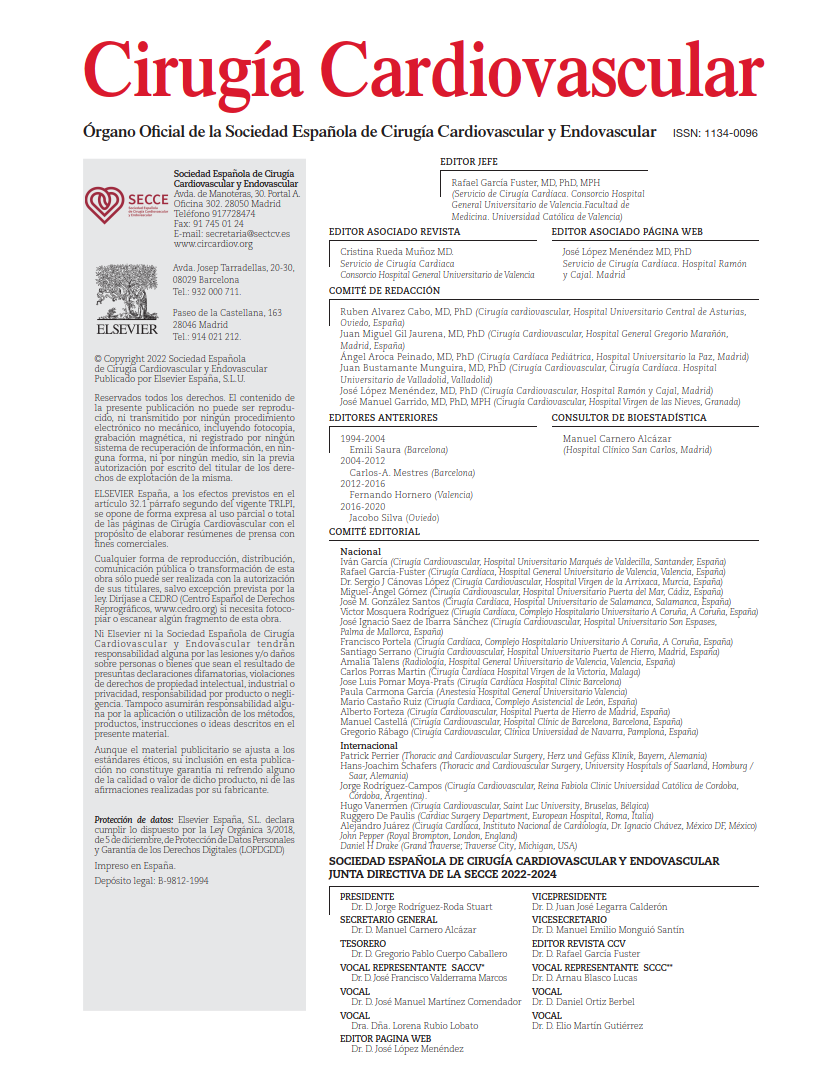
Unplanned coronary bypass in aortic root surgery: a complication with meaningful consequences?
A detailed examination of the clinical impact of coronary button–related complications during aortic root surgery, based on data from two high-volume US cohorts.
The contemporary role of surgery in infective endocarditis
This work presents a 10-year retrospective analysis performed at a high-volume reference center, assessing patients with complex infective endocarditis in relation to the therapeutic strategy implemented.
Mitracure: a critical perspective on the contemporary management of mitral regurgitation
The MITRACURE registry provides an extensive overview of contemporary surgical practice for mitral valve repair across nearly half of all French and Canadian centers.
Acute type A aortic dissection with cerebral malperfusion and coma: are these indicators of prohibitive surgical risk?
This retrospective analysis examined 378 patients with acute type A aortic dissection (ATAAD), comparing clinical outcomes in those with and without cerebral malperfusion (CM) following aortic repair performed without any early reperfusion procedures.
A novel surgical solution for an old problem: cerebral malperfusion in aortic dissection
Results from the multicenter, prospective North American PERSEVERE trial evaluating the AMDS® device in patients with cerebral malperfusion associated with type I aortic dissection.
Percutaneous solutions for tricuspid regurgitation: the new frontier of structural cardiology
This review summarizes the latest technical advances, patient selection criteria, and available evidence regarding percutaneous approaches for tricuspid regurgitation (TR).
Partial heart transplantation: indications and practical considerations
This expert review discusses the indications and practical aspects of partial heart transplantation (PHT) as an emerging surgical strategy for pediatric patients with congenital valvular disease.
Transcatheter aortic valve implantation in bicuspid aortic valves: present and future
This expert review summarizes the current evidence regarding transcatheter aortic valve implantation (TAVI) in bicuspid aortic valves (BAV), addressing the main procedural challenges, preprocedural imaging strategies, and future perspectives in this evolving field.

